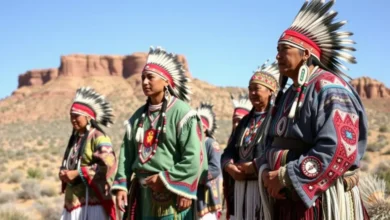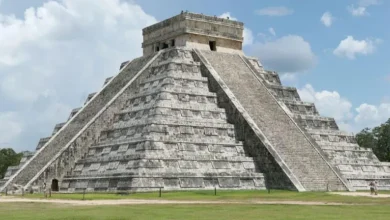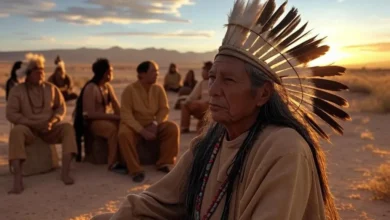Hmong Culture: History, Textile Art, and Resilience of an Ethnic Group in Asia and the Diaspora
The Hmong are an ethnic group with deep roots in China and Southeast Asia, celebrated worldwide for their intricate textile art and oral traditions. Though primarily residing in China, Vietnam, Laos, and Thailand, many Hmong migrated to Western countries after 20th-century conflicts. This article delves into their history, artistic traditions, and how they preserve their identity in a globalized world.

History of the Hmong: Migration and Resilience
Origins in Ancient China
The Hmong trace their origins to the Yellow River basin in China over 4,000 years ago. Historically classified as part of the broader Miao ethnic group in China, they faced persecution during the 18th-century Miao Rebellions against the Qing Dynasty. These conflicts triggered mass migrations southward into the mountainous regions of Southeast Asia.
Settlement in Southeast Asia
By the 19th century, many Hmong communities settled in Laos, Vietnam, and Thailand. Their adaptation to highland environments led to unique agricultural practices, such as terrace farming and slash-and-burn cultivation. These methods sustained their communities but also isolated them from lowland societies.
The Secret War and Global Diaspora
During the Vietnam War, Hmong in Laos allied with U.S. forces to combat communist troops in what became known as the Secret War. After the war, thousands fled to Thai refugee camps to escape retaliation. By the late 20th century, many resettled in the U.S., France, Australia, and beyond, forming vibrant diaspora communities.
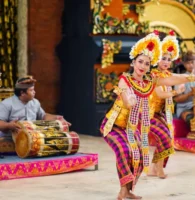 Discovering the Balinese: A Vibrant Hindu Culture in Indonesia
Discovering the Balinese: A Vibrant Hindu Culture in Indonesia
Hmong Textile Art: A Tapestry of Identity
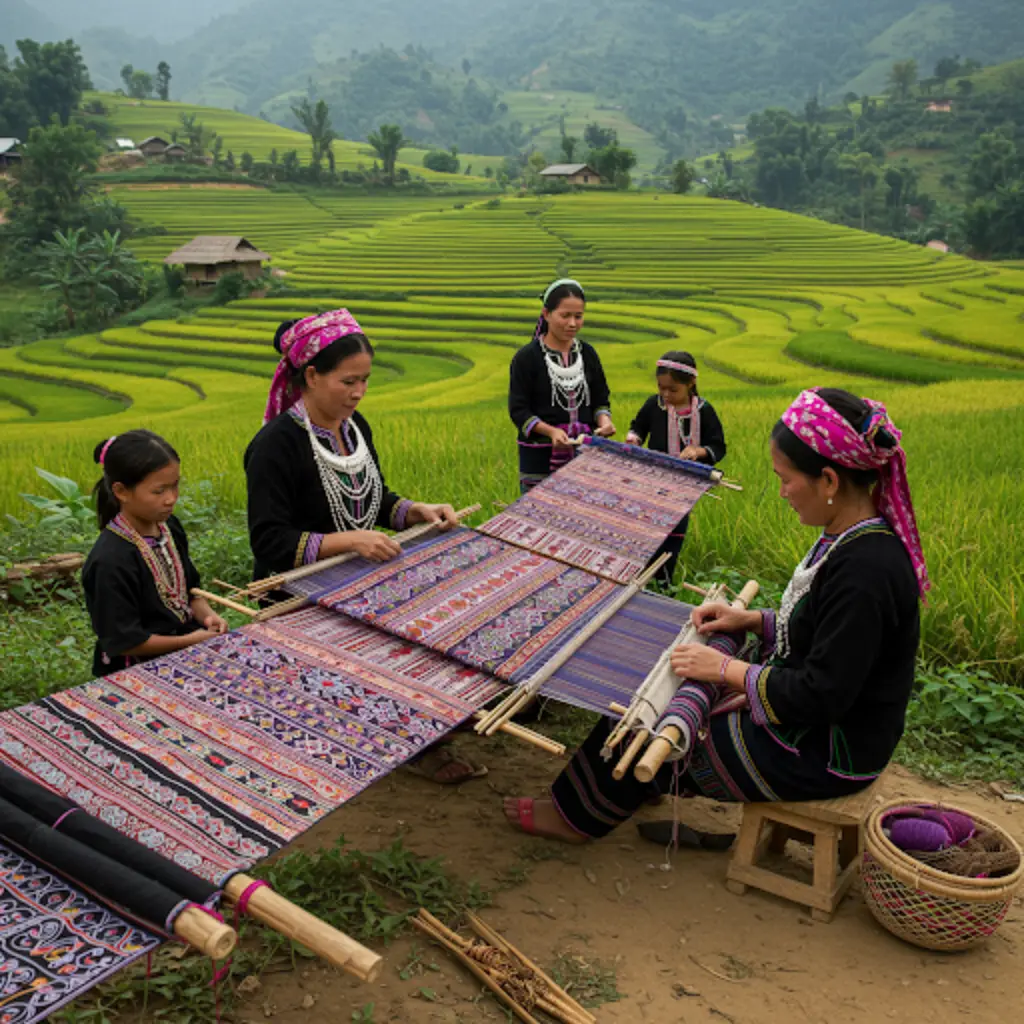
Traditional Techniques and Symbolism
Hmong textile art is a cornerstone of cultural expression. Skilled artisans use techniques like hand embroidery, batik, and reverse appliqué to create intricate designs. Batik involves drawing patterns with wax before dyeing cloth in indigo, while reverse appliqué layers fabric to reveal contrasting colors. These methods are passed down through generations, often reflecting the natural world and spiritual beliefs.
Story Cloths (Paj Ntaub): Narratives in Thread
The paj ntaub (“flower cloth”) is a hallmark of Hmong artistry. Originally depicting myths and daily life, these embroidered textiles evolved after the diaspora to document refugee experiences and adaptation to new homelands. Today, they serve as both cultural records and sources of income for artisans.
Colors and Patterns with Meaning
Geometric motifs dominate Hmong textiles. Spirals symbolize the cycle of life, while triangles represent mountains, sacred in Hmong cosmology. Indigo-dyed clothing is common for daily wear, whereas bright reds and greens adorn festive garments. Each design carries clan-specific meanings, reinforcing social bonds and identity.
Cultural Traditions: Rituals, Festivals, and Social Structure
Hmong New Year: A Celebration of Renewal
The Hmong New Year, celebrated between November and December, is a vibrant festival marking the end of the harvest. Rituals include ancestral offerings, traditional music performed with instruments like the qeej (a bamboo reed pipe), and the pov pob ball-tossing game, where young people court potential partners.
 Habesha Kemis: The Timeless Dress Woven with Heritage and Beauty
Habesha Kemis: The Timeless Dress Woven with Heritage and Beauty
Clan-Based Society
Hmong society is organized into 18 patrilineal clans, such as the Lee, Yang, and Vang. Marriage outside one’s clan is mandatory, and unions involve elaborate negotiations, including a bride price to honor the bride’s family. This structure fosters unity and mutual support across communities.
Spirituality and Shamanism
Hmong spirituality blends animism and ancestor veneration. Shamans (txiv neeb) mediate between the physical and spiritual worlds, performing rituals to heal illnesses or guide lost souls. Ceremonies like hu plig (soul-calling) ensure harmony between the living and the spirit realm.
Modern Challenges: Preserving Heritage in a Changing World
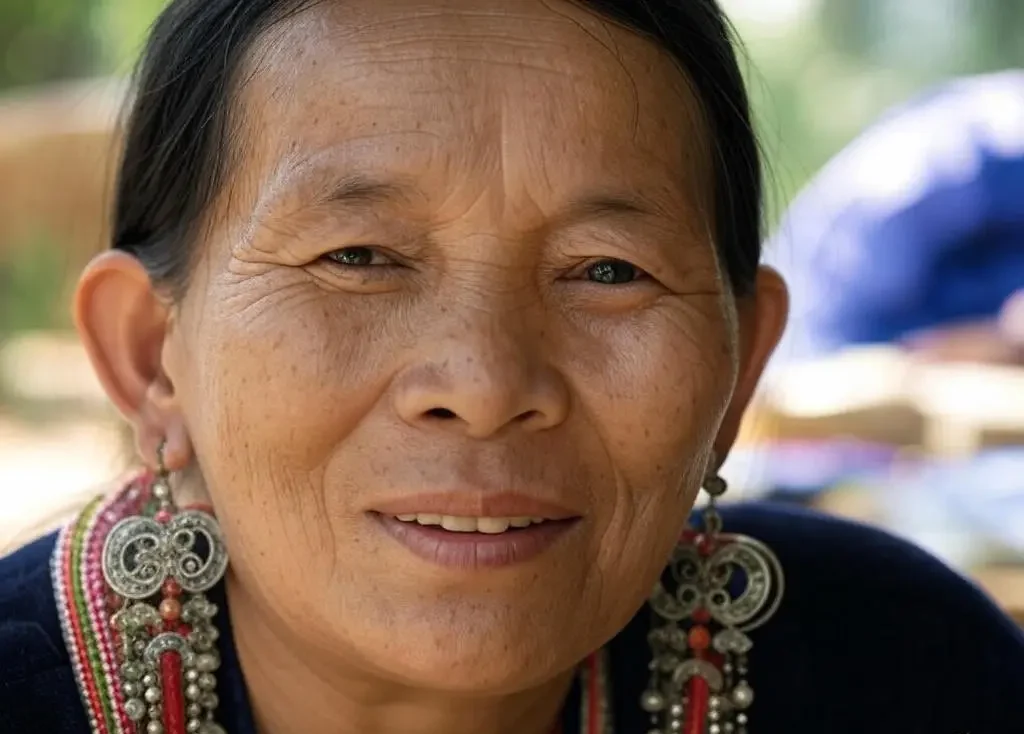
The Global Diaspora
Over 300,000 Hmong now live in the U.S., with significant populations in Minnesota, Wisconsin, and California. While diaspora communities thrive economically, they face challenges in preserving language and traditions. Cultural festivals, like the Hmong International New Year in Minnesota, help bridge generational gaps.
Threats to Cultural Continuity
In Southeast Asia, deforestation and government restrictions on traditional farming disrupt Hmong livelihoods. Younger generations in the diaspora often prioritize local languages over Hmong, risking the erosion of oral traditions. However, grassroots efforts, such as textile workshops and digital storytelling on platforms like TikTok, aim to engage youth.
Economy: From Farms to Global Markets
Traditionally, the Hmong relied on subsistence farming, growing rice, corn, and opium (now largely eradicated). Today, their economy is diverse: diaspora communities work in sectors like healthcare and education, while artisans sell textiles globally. These crafts not only sustain livelihoods but also share Hmong culture with the world.
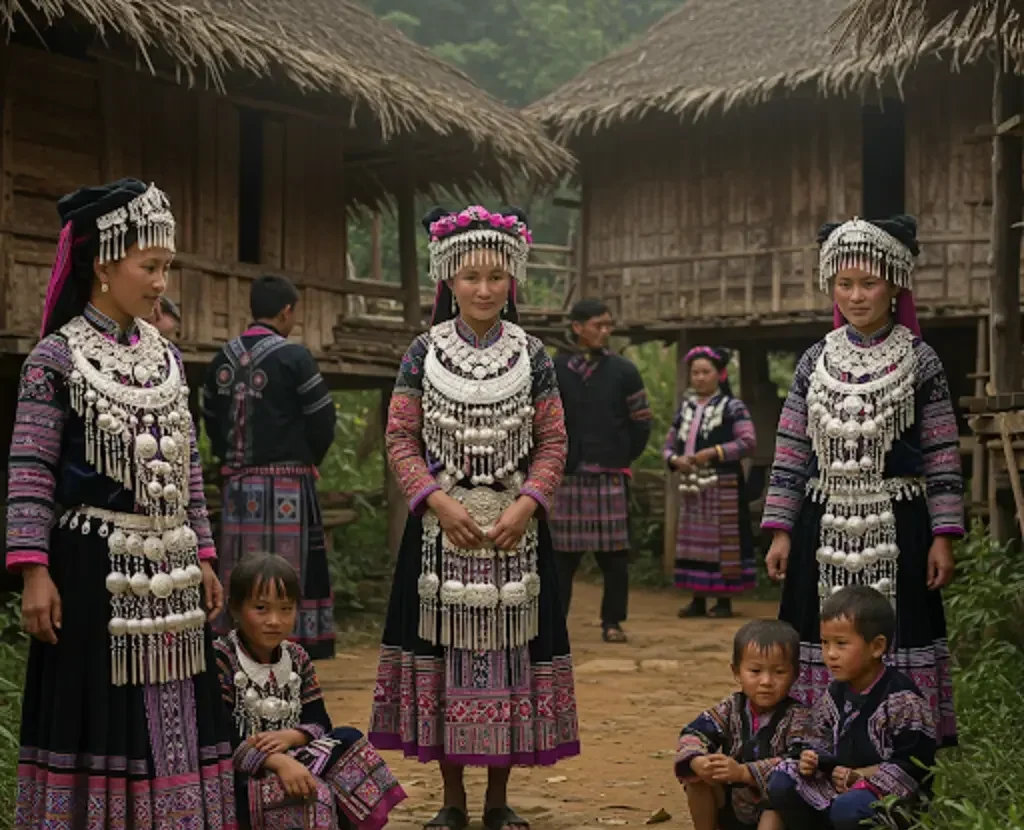
Conclusion: Textiles as Threads of Resilience
Hmong textile art is more than decoration—it is a living chronicle of survival and adaptation. From ancient China to modern diaspora communities, the Hmong have turned threads and dyes into symbols of resistance. As they navigate globalization, their art and traditions remain a testament to an unbroken cultural spirit.
💡 Did You Know? The Hmong International New Year in Minnesota features traditional costume parades, singing competitions, and cultural exhibitions, drawing visitors from across the globe.
